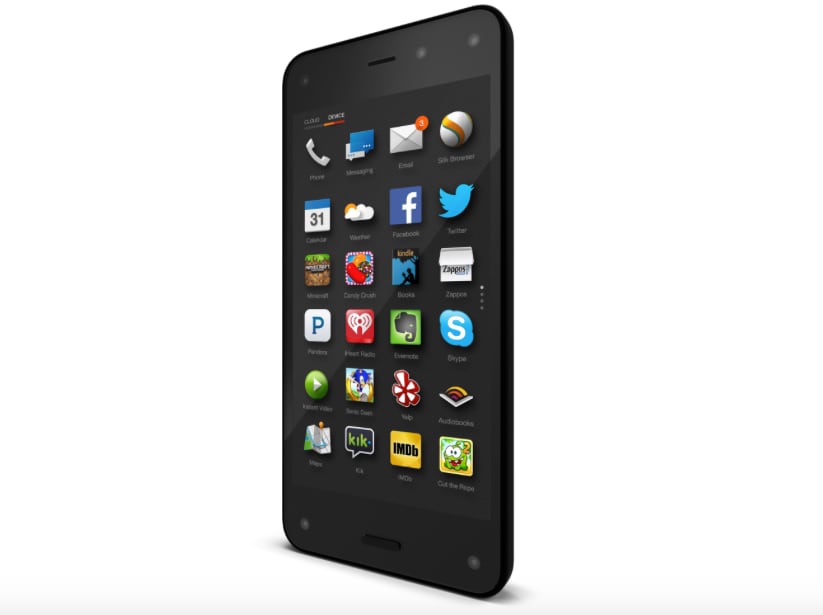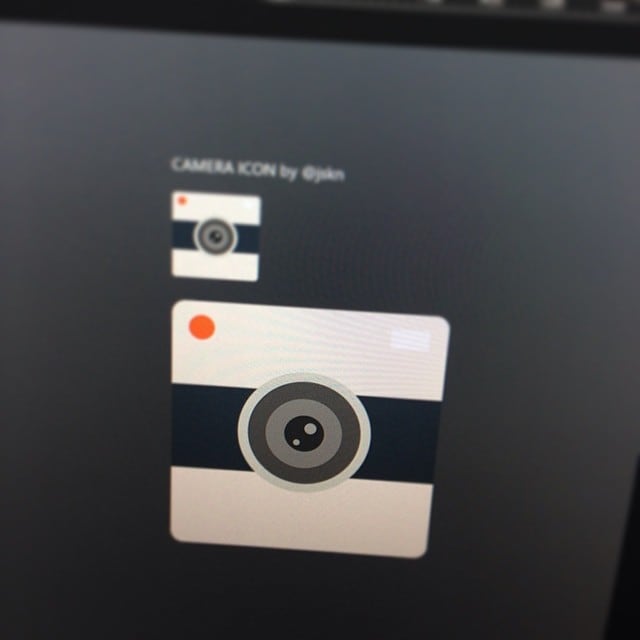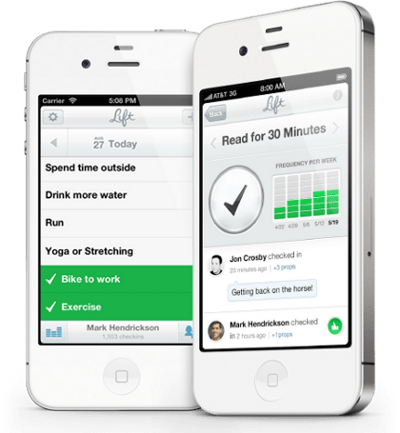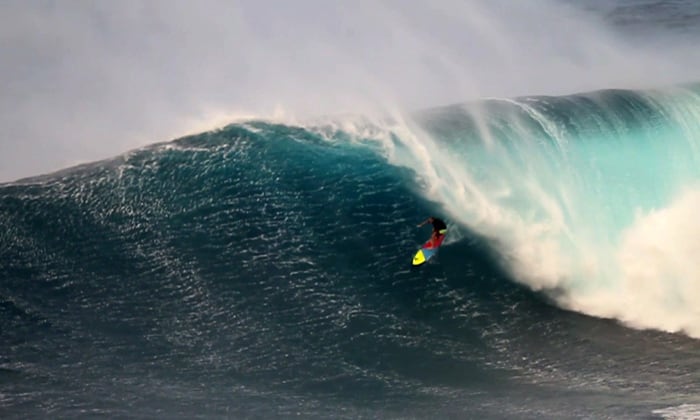-
Carve out more time to think

This week I have slowed down the work pace which has given me more time to think and reflect. New ideas pop up and I’ve taken a lot of notes.
I have always had a desire to create and produce but it’s nice to look back on the time elapsed. Get perspective on things I’ve done and think about what you could do differently, what has been bad and what has been done well.
I will try to create time to think and reflect every week for a while and see what it brings.
Give myself time to reflect on things every other day, or once a week, and just write down my thoughts.
Carve out more time to think.
-
Amazon launches a smartphone

Amazon Fire Phone, the ultimate buying machine? Who knows, maybe Amazon will be the next big smartphone platform. Exciting news!
-
My first icon attempt in years
The other day I opened up Photoshop for the first time in a very long time. It’s satisfying to produce and create things, especially when it been a while since last time. I’m busy with sales, project management and conversion optimization these days.
So I decided to make an attempt to create an icon, mostly for fun and to practice my design skills.
Here is the result

-
People do exciting and inspiring stuff away from the keyboard
Watched all 10 minutes and got a longing for an adrenaline rush, amazing!
-
I will stop posting every day
As you may have noticed, I’ve had a blog challenge to write 100 blog posts every day for 100 days. The reason I started with the challenge was that I wanted to create a habit of blogging every day. I want to get better at writing and expressing myself in words and wanted to get over the threshold to hit publish.
I’ve decided to quit the challenge.
The reason that I stop posting every day is that it takes more time and energy than I have. So much is happening right now, a lot of my brain power is spent on RevRise, which is a good thing. There is simply too much at once.
However, I wan’t stop writing every day, in total, I’ve published 48 blog posts on 49 days which 45 posts on this blog. I’m starting to get the writing and blogging as a habit but has some way to go. But it takes right now too much energy to publish a post every day.
There have been some good blog post, the most read are:
What I learnt from bootstrapping my startup for two years
My review of the STING FastForward accelerator
There have also been some less good blog post but I’ve promised myself not to be too hard on myself, it’s OK and almost inevitable that there will be some less good post when I publish every day. It was partly the plan, to think, write and publish often.
There has been a learning experience and I will continue to blog as often as I feel I can.
Thanks to all who read and shared!
-
Hack and change your habits

If like me you have habits you want to change, I know an app that can help you.
Hack and change your routines with the app Lift →
Lift makes it easier to change your habits and achieve your goals by encourage for change of your daily routines. The app records your habits so you can track your progress, and if you want, to get support from your friends.
Check it out!
–
You should follow me on Twitter.
-
How-do-you-feel sessions between founders
Today I had a pretty long 1:1 session with my co-founder and CTO, @arnklint. We discussed our plans ahead but also generally how we are feeling. This is something we are pretty bad at. It’s easily happen that both of of us are so focused on our tasks at work so we rarely take any time to aimlessly discuss and reflect on our situation.
It is very useful and rewarding when we take time and talking through not only work but also personal things. It is definitely something we should do more often.
Hampus Jakobsson founder of Brisk.io and TAT has written a good article on the topic:
A process to keep the team and vision together by drinking wine and talking about emotions. Easier than it sounds
“How-do-you-feel dinners”. Clearly worth reading!
–
You should follow me on Twitter.
-
Things you can do with a bike
I like to watch bike movies, it’s crazy what people can do with a bike. Usually very well produced too, with fine surroundings and good music.
Martyn Ashton is a mountain biking legend, he has done a very popular bike series in two episodes, named Road Bike Party.
Road Bike Party
After the success of Road Bike Party, Marty was working on a sequel. During the trials he was involved in an accident that left him paralyzed from the waist down. Road Bike Party 2 was completed with a help from other riders, Danny MacAskill and Chris Akrigg. The video became just like the first episode a huge success with over 8.5 million views.
Road Bike Party 2
–
This is post #44 in my blog challenge 100 posts. See you tomorrow!
You should follow me on Twitter.
-
Quantified self
Something exciting has started to happen, it shows up more and more products and tools that help us understand our health. There has been significant progress the last years in how we can track and following our health.
The technology has made data collection cheaper and more convenient to follow up data to see what and how we can improve. Questions we today ask the doctors we will tomorrow be able to ask our data.
An example of this is Ari Meisel, watch Ari explain how he cured his Crohn’s disease by following data and self-experimentation.
The technology has not only made it cheaper and more convenient, but it allows us to quantify the biometrics that we didn’t know existed. Want to know your insulin or cortisol levels, or sequencing your DNA, or learn what microbial cells inhabit your body? You can quantify that now.
Where there are trends, there are opportunities. 69% of U.S. adults track at least one health metric; however, 49% of trackers say they keep track of progress “in their heads”.
Hopefully it will change in the long run, it has namely been funding records both in 2012 and 2013 in digital health.
But hopefully it will in the long run change for the better as it both the 2012 and 2013 turned financial records. Digital health funding was up 39% from 2012 and 119% compared to 2011. “In 2014, the digital health industry is set to surpass total medical device venture funding.”
I which is an optimization junkie, both privately and to the profession, think this is really interesting. Self-trackers widens the horizons of personal health and hopefully entrepreneurs and VC funding can help it scale.
–
This is post #43 in my blog challenge 100 posts. See you tomorrow!
You should follow me on Twitter.
-
Thinking big or small

There are many times I heard the advice that you, who are new in the startup career, should think big.
And I agree, it is important and maybe it’s what defines a successful startup success. To make real changes in the world. Many people compare thinking big with make lots of money but it’s not the same thing. Regardless, you have to dare to take a risk to win, that’s one thing that’s for sure.
As an entrepreneur, I believe it is crucial to think both big and small.
Thinking big will give you an understanding of how to change the world. Thinking big gives you your mission which drives you through the roller coaster ride you are taken through as a startup. Thinking big ensures that you tackle a big market. The big vision is essentially what your startup can look like when it hits traction and scales out.
However, there is a problem with thinking big. You start a startup with nothing. No users, no code, zero traction and zero scale. Nothing. Changing the world is not made overnight. You have to start in small steps.
This is where it becomes important to think small.
You must take your big picture and break it into smaller parts, to that first step. The first step will be your entrance to your big vision, the big picture.
It is best if you can do this entrance within a small and limited amount of time, that it requires relatively few resources and solves a problem that the market has right now. A so-called minimum viable product (MVP).
Big or small, is that the question?
Amazon seems to have started big from the start, Jeff Bezos (CEO and founder) probably knew where he was going and began with a online bookstore. While Mark Zuckerberg seems to have gone small first. Mark built something small for his university that gained traction. First, somewhat later, he developed the great vision and mapped out the steps for accomplishing it.
It seems like you could go either way, but I think you must be able to think both big and small.
In which order do you start, small first or big first?
–
You should follow me on Twitter.